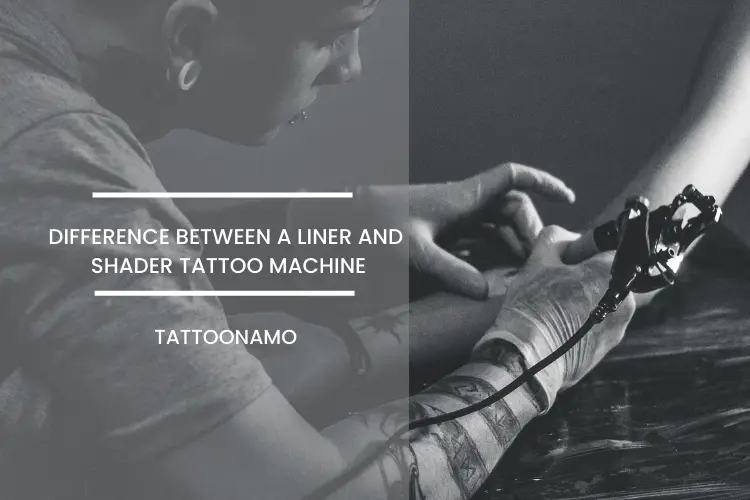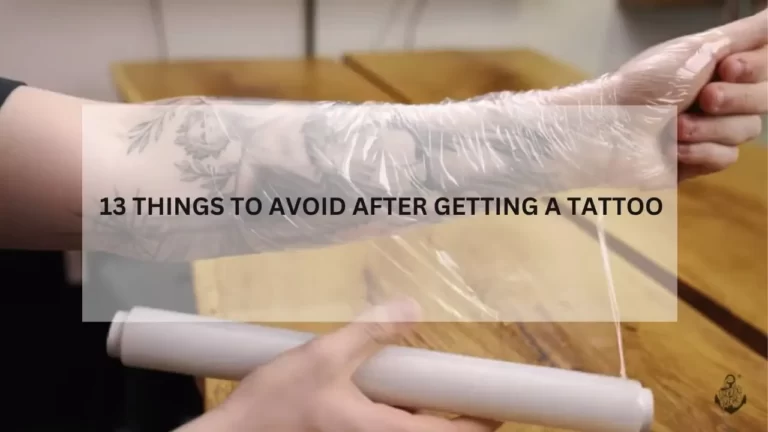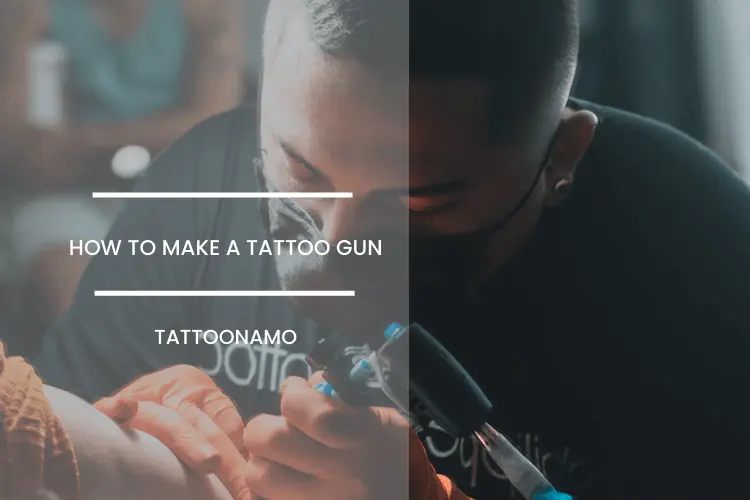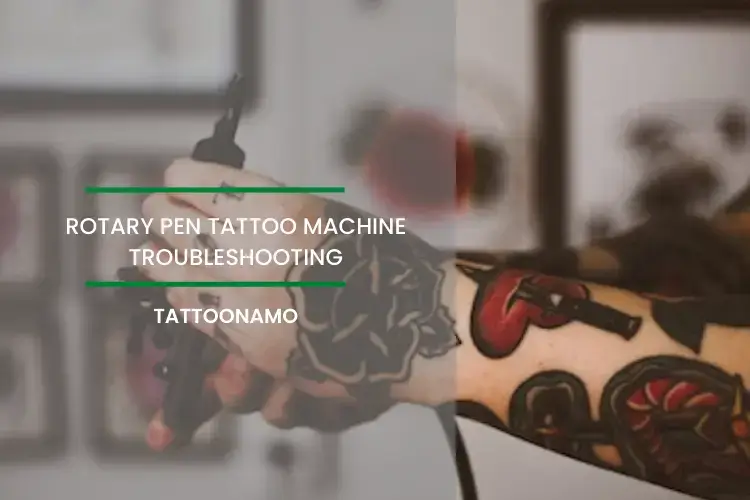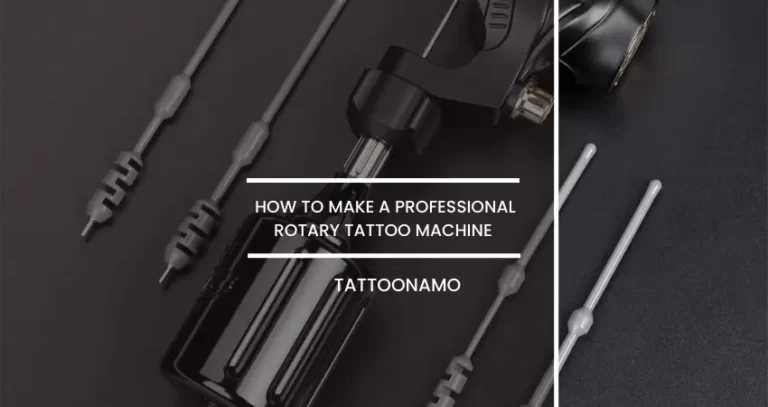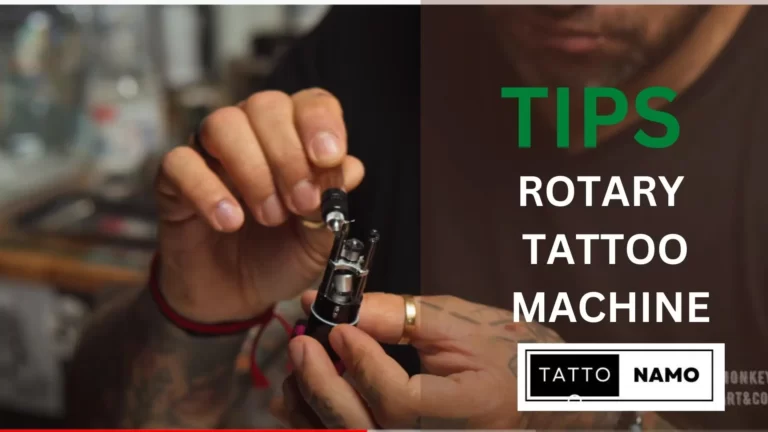How does the Rotary tattoo machine work?
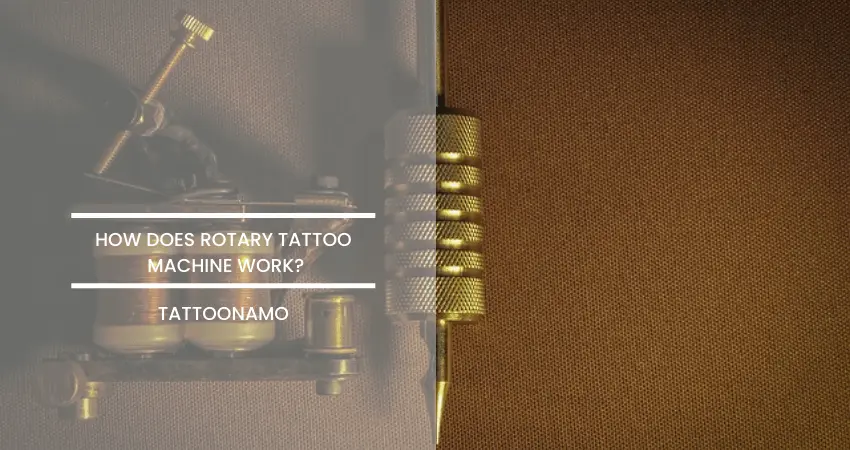
This is a very common question in every tattoo lover’s mind how does the rotary tattoo machine work? First, you need to know about basic types of tattoo machines like Rotary tattoo machines, Coil, and Pneumatic. Pneumatic tattoo machines are in demand because of their lightweight machines. A pneumatic tattoo machine uses an air compressor to move the needle, instead of a coil and rotary. Despite Pneumatic being an attractive machine is not really popular yet in tattoo studios. So the debate will be between the Rotary and Coil machines, in which we will discuss what is a rotary machine and how it works. These machines are different on the basis that how the needle injects the ink.
Rotary Tattoo Machine
In 1891 tattooer Samuel O’Reilly invented the first electric tattoo machine which was simal in design and shape to today’s rotary machines. Thomas Edison invent the autograph printing pen and after some modifications, he arrived at the very first tattoo machine. At the time, this autographic printing pen was used by different small and large businesses for time-saving, which help them to create copies of their documents quickly and accurately. The pen of this machine had a high-speed electric motor and a very thick needle that was used to make quick holes in paper. Ink would be rolled over the paper and the design will appear on the other blank paper that was placed under the first paper. This was very simple but totally different from this time. Edison took out the battery and redesign perforating Pen in 1878, the reason behind this was the pen turned heavy for extended use. This new updated version worked like a sewing machine by pressing the pedal. A few weeks later came the Edison Pneumatic stencil which used “air pressure, gas or a liquid. The fan system and the needle bar, make the machine lighter and easier.
Samuel O’Reilly
It’s enough about Edison, let’s bring the focus back to Samuel O’Reilly. He was a New York-based tattooer, who emigrated to the US from Ireland. After the migration in 1875, he was passing by a supply shop in NYC’s Bowery district when he saw a tattoo machine. He went inside the shop and looked at the machine. After walking inside he check how this pen worked. From here, the history of tattoo machines changed.
O’Reilly took this design as inspiration and added two needles, and a box for ink, for efficient movement of the motor he tweaked its straight barrel to include two right-angle bends. This was the first American rotary tattoo machine. Obviously, this was a great invention for a tattoo artist. He patented his machine and start using it at his shop on Dec 8, 1891, with great success and popularity. Things went more interesting after 20 days when Londoner Tom Riley patented an electromagnetic coil machine in England after O’Reilly filed his patent for his machine. We can say that the single coil machine Riley’s is the base of today’s coil machines. Soon after, Londoner Alfred Charles patented a dual coil version of his machine but there was one major mistake in his creation. The downside was they proved to be so heavy, this was a very major fault because this artist had to hang their dual coil machines from the ceiling for reducing the weight.
Charles Wagner
After that Charles Wagner worked closely on Samuel O’Reilly’s tattoo machine in 1904. He was also inspired by Edison, He placed this tattoo machine’s coils side by side and used a cross-shaped for his design. His machine depended on the very small detail and make it very difficult to mass production on a high level, but despite that, it sold extremely well in the market.
No doubt the tattoo machines most artists use today are not different from Samuel O’Reilly’s original tattoo machine which was invented in 1891. But we can say that the design and materials of this machine are more perfected and tweaked over time.
Percy Waters
Percy Waters was the last man who make the major changes in the tattoo machine model, he was a tattooer and businessman. Waters also took O’Reilly’s design idea and added two electromagnetic coils to the machine, an on/off button, and a spark shield after establishing his biggest tattoo supply company in 1929 in his hometown of Detroit. 14 different frame styles were also created by Waters and these frame styles are still used today in tattoo machines. His changes make the tattoo machines more customizable and versatile than ever before. The downside of these machines is that they were not designed to be taken apart or cleaned.
Carol Nightingale
Not all designs have been successful but the Canadian artist Carol Nightingale sold a couple of groundbreaking electrical marking devices in 1979 in which almost every single aspect was adjustable. But the design of this machine was also so complicated and have also some problems.
How does the Rotary tattoo machine work?
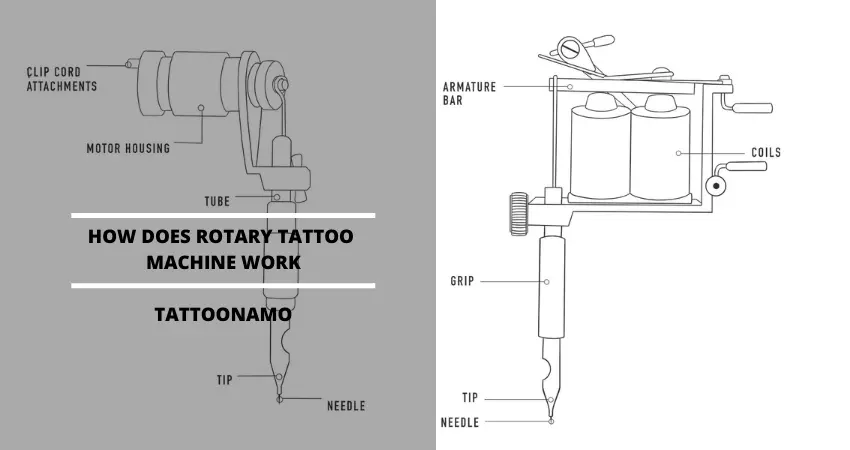
Rotary tattoo machines were invented in 1978 by Manfred Kohrs of Germany, rotary machines are less commonly known in mainstream media only but have recently become more popular in the industry.
Rotary tattoo machines work on spinning motors and have needles that move slightly faster than coil ones. Because of consistent movements, rotary tattoo machines are exceptionally good for laying out the perfect color. Actually, the needle enters the skin in a very smooth motion instead of forcefully like a coil. Thus, it is generally true that small needles produce very nice work with a rotary machine. Because of this, the healing time is reduced once the tattoo is done.
Experienced tattoo artists have different sets of kits in their shops and this set of kits is necessary including a rotary tattoo machine to make a tattoo with special accuracy and to trace details with its use.
ROTARY TATTOO MACHINE: HOW IT WORKS
The tattoo machine is equipped with a rotary-type electromagnetic motor with an eccentric. Because of the rotary-type motor, this converts the rotational force into a reciprocating motion. This rotary-type motor allows the professional tattoo artist to:
- The Artist can adjust the speed of the needle assembly very easily. The speed varies from 50-1000 times in one minute.
- The artist can easily set and control the needle stroke on the skin of the machine. Moreover, there are most of the tools have the option of adjusting the depth of the needle for the use of particular accuracy of the tattoos.
And there is no vibration in rotary tattoo machines’ during practical work. This ensures a perfect quality stroke and the edge of the tattoo has clear borders without any blur. For multi-color images and designs where clear borders are very important rotary machines are excellent. For permanent designs and beginner’s tattoo artists, rotary tattoo machines are best.
There are a few important things when working with this type of equipment. Rotary tattoo machines make a very small amount of dye in the upper layers. If the artist wants to desire results then he needs to run the layer of design more than once. But many artists choose and prefer rotaries yet because it is quite accurate in border and also these machines have low noise.
Advantages of professional rotary machines are:
- The rotary tattoo machines are low weight, they are lighter than 2-3 times than coil ones.
- These machines have a very low noise than coils.
- There are no vibrations in these machines.
- The high power of the rotary tattoo machines allows for working with any group of needles.
- Very fast healing the micro-wounds in comparison to coil tattoo machines.
- Very easily adjustable, by increasing or decreasing the voltages you can regulate the speed easily.
Technical Features of Rotary tattoo machines
After understanding, how does a rotary tattoo machine work? these are some technical features:
- Structural reliability of Rotary tattoo machine: modern models of this machine have a solid aluminum body
- Because of its low weight, the artist can work very comfortably
- Very easy to use: this is the best option for novice tattoo artists
- Ability to switch speeds, yes you can increase or decrease the speed of your machine
- This machine works with any type of group needle bundle
- Easy maintenance, yes the maintenance of this equipment is very easy
Is Rotary tattoo machines best?
If we talk about choosing the rotary tattoo machines then rotary tattoo machines are best and the experts also recommend this machine to the artist because of medium-power parameters. If you are a beginner then you can also use this machine because this is very easy to design the tattoos and this machine also allow you to learn professional skills at a leisurely pace. This machine is low weight, has low noise, and has no vibration. Overall, expert artists recommended rotary tattoo machines because of its easy to use. Moreover, the Rotary tattoo machine is cause fewer wounds because of its small needles that’s why those clients who tattooed more than once return back to the saloon for tattoos.

